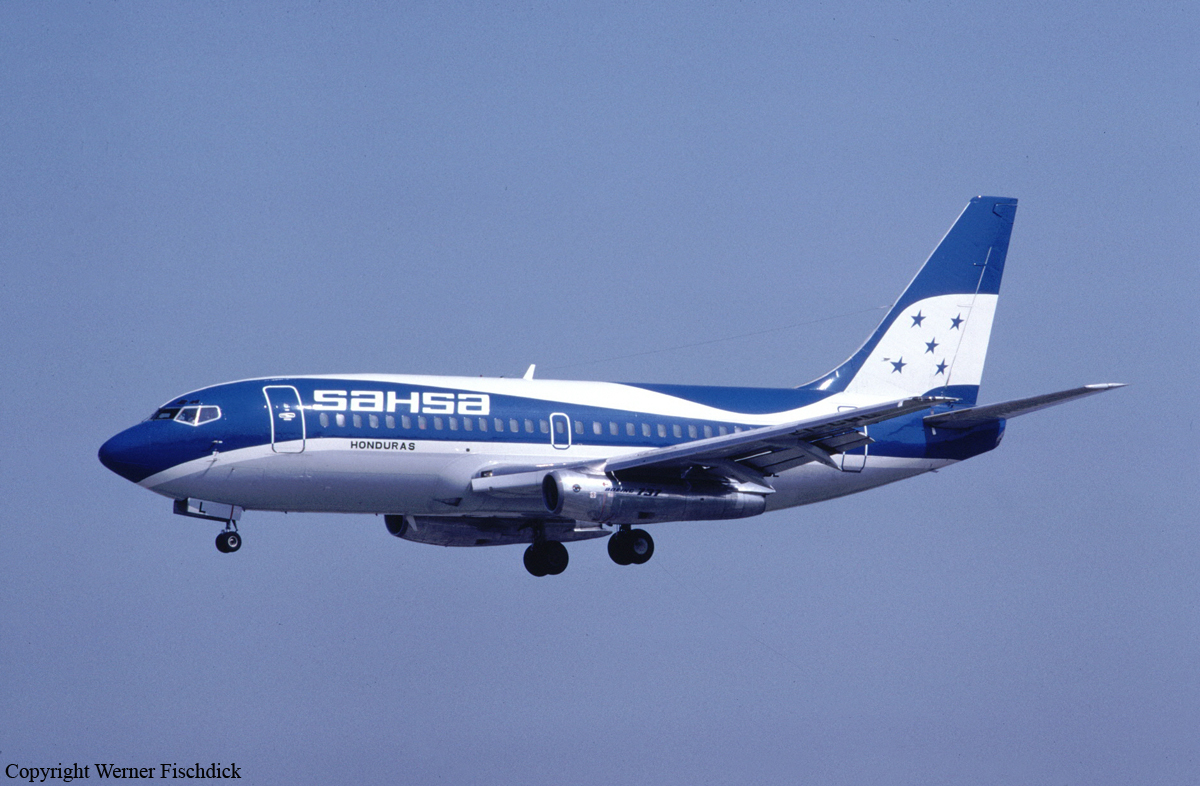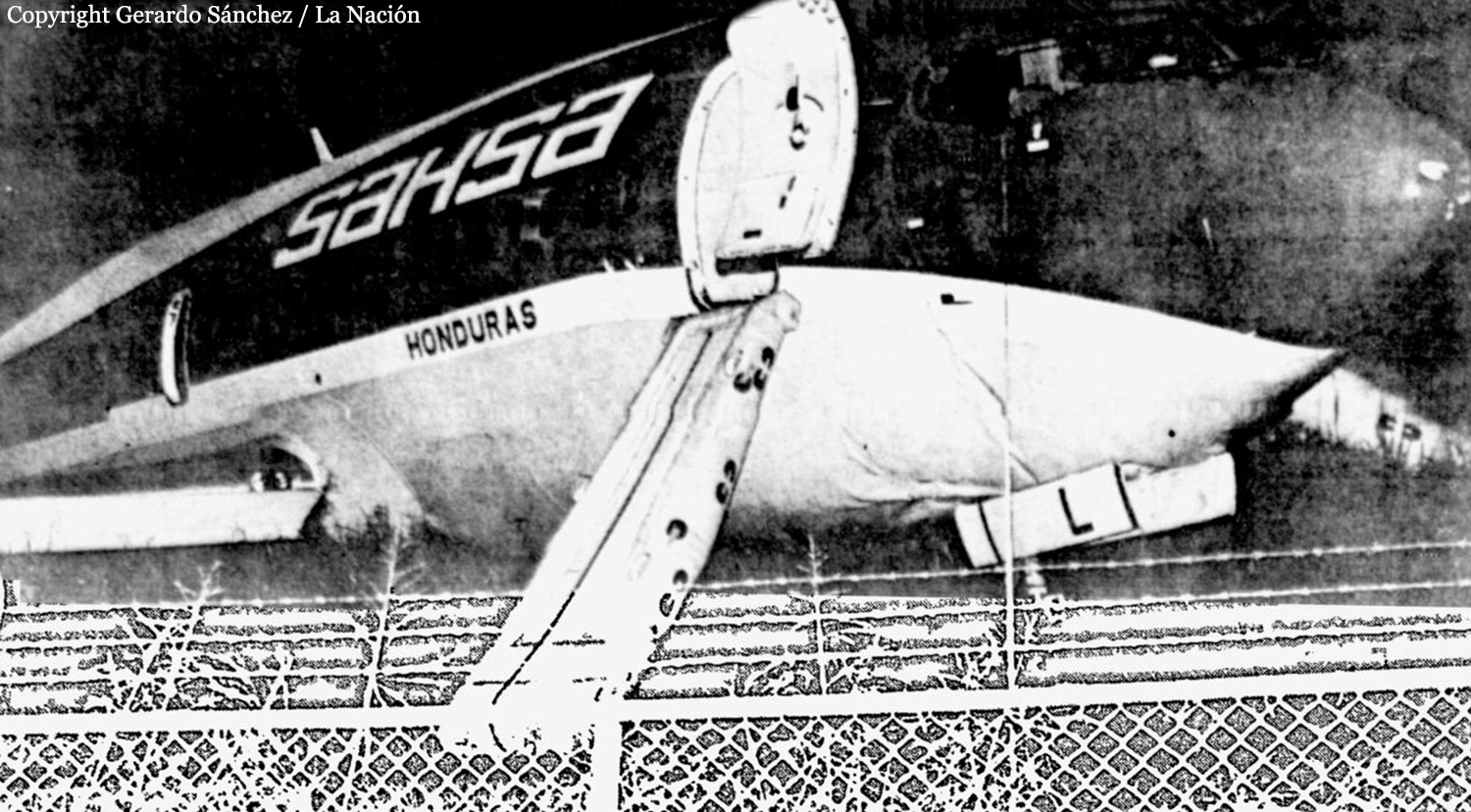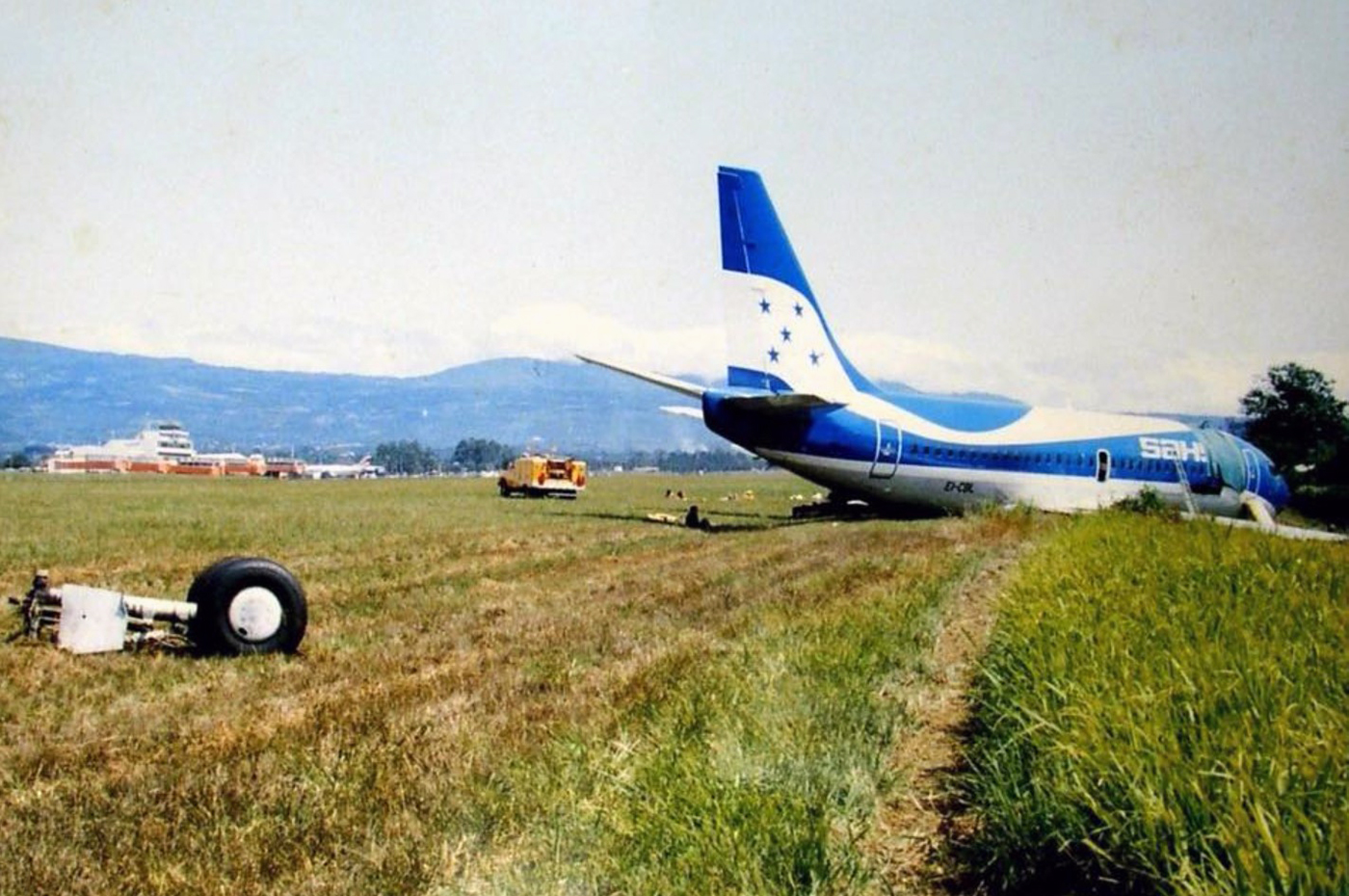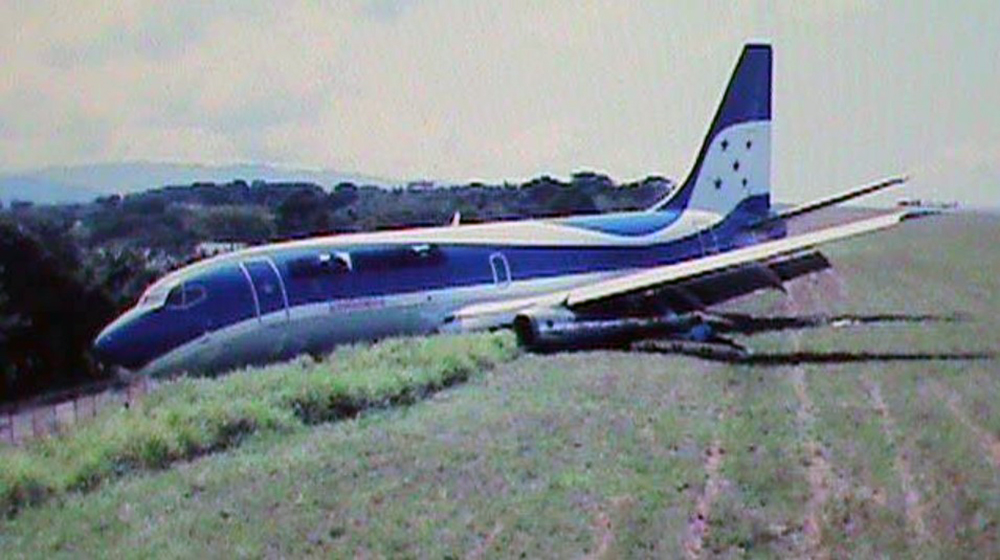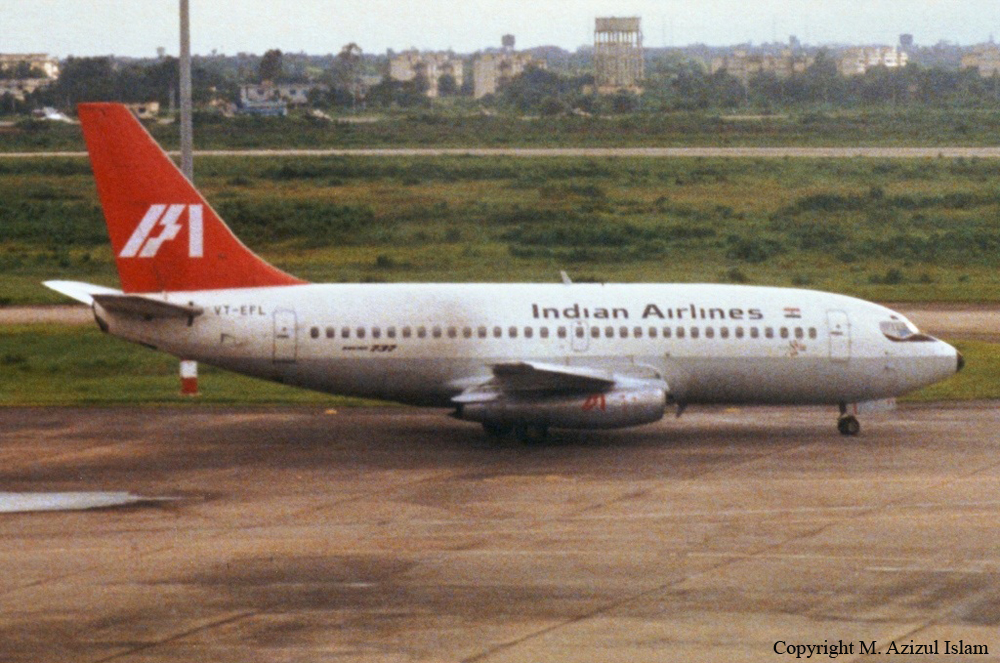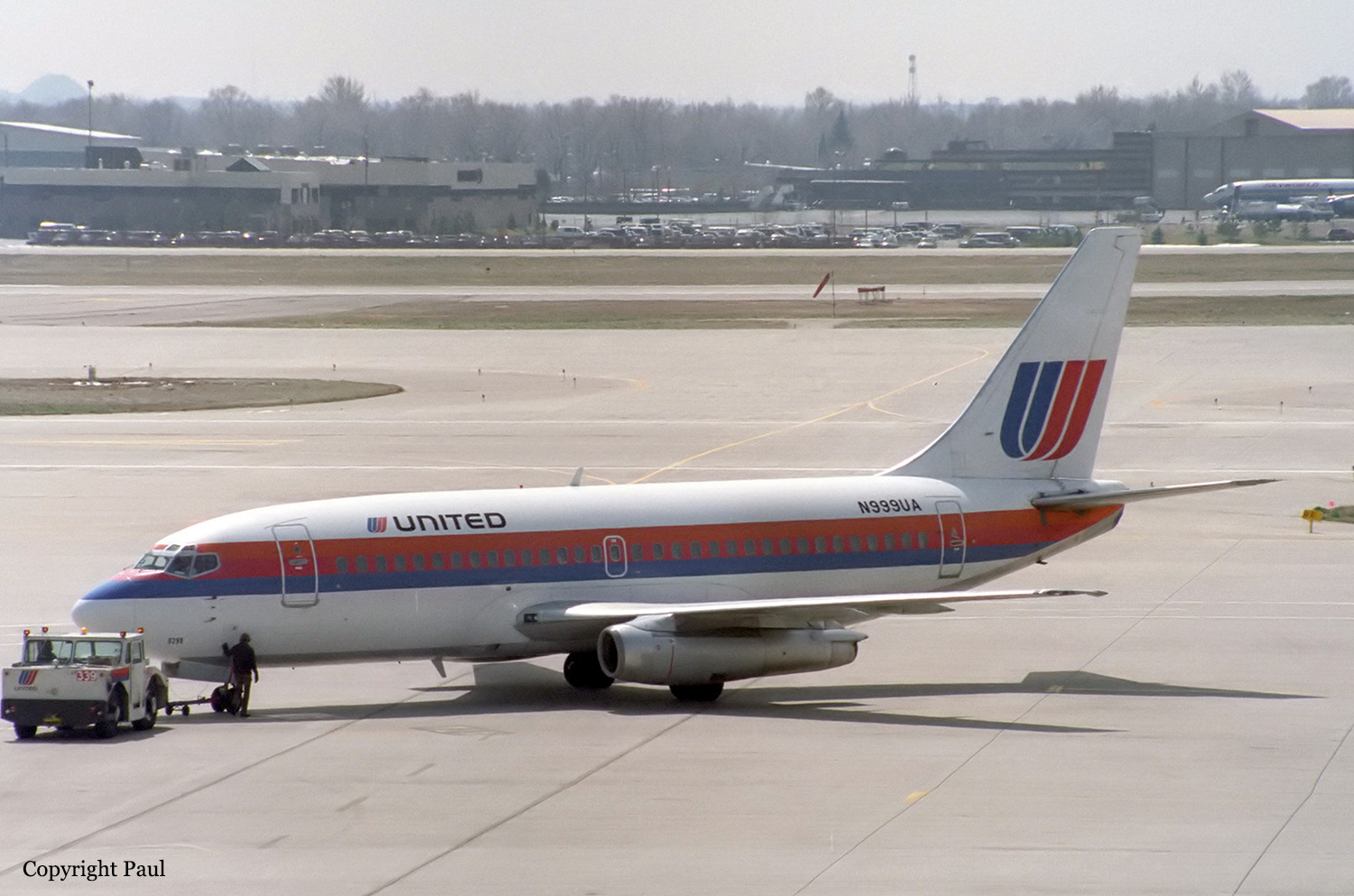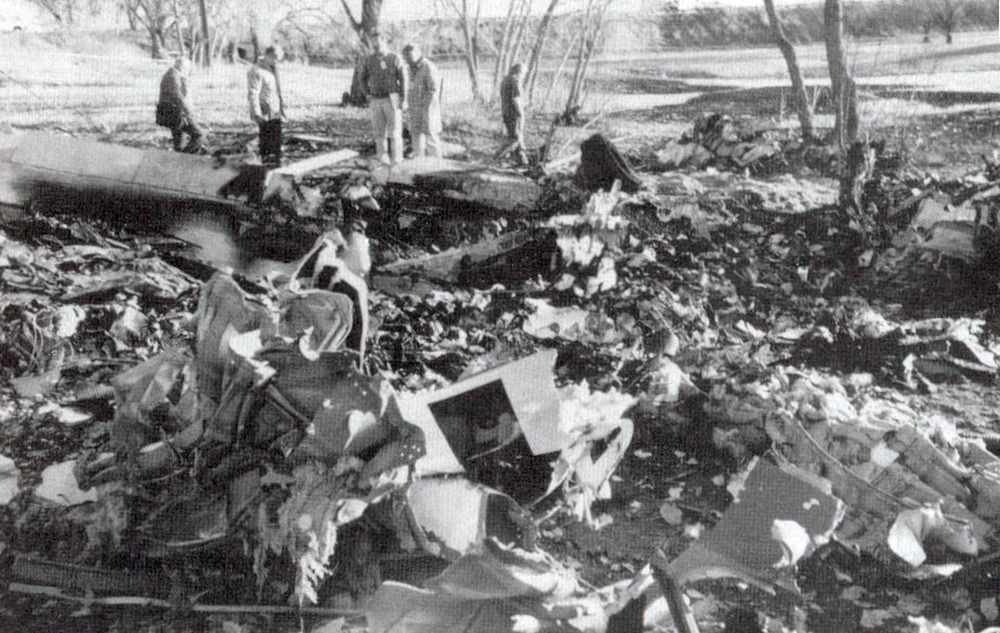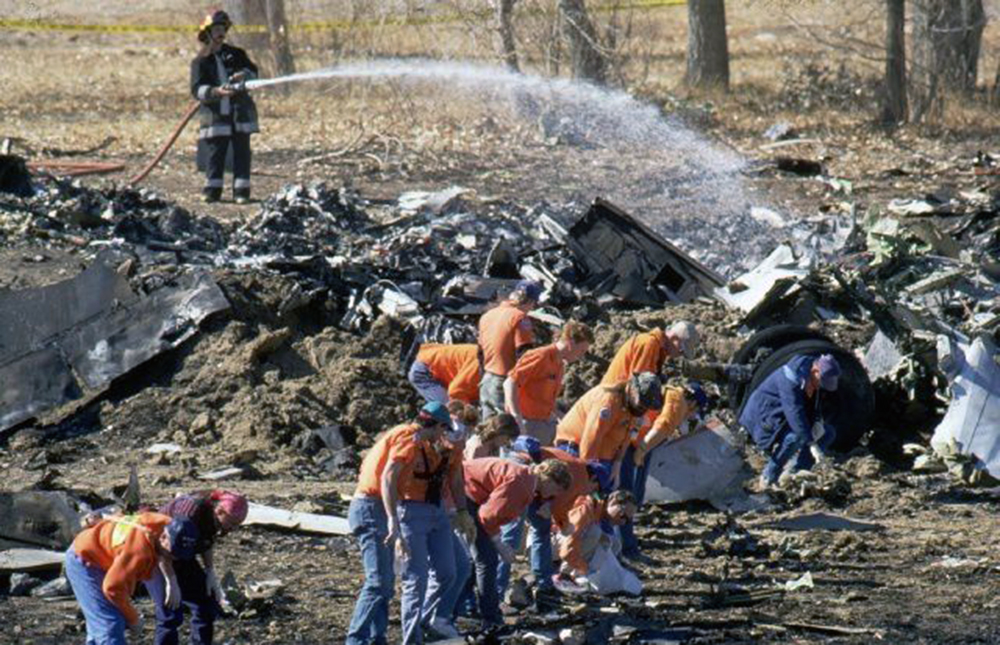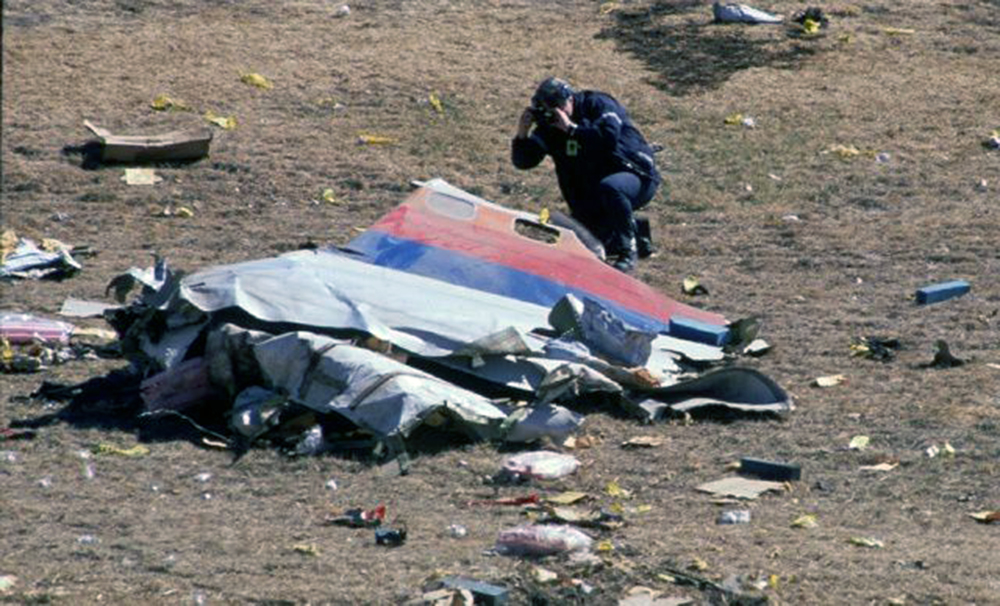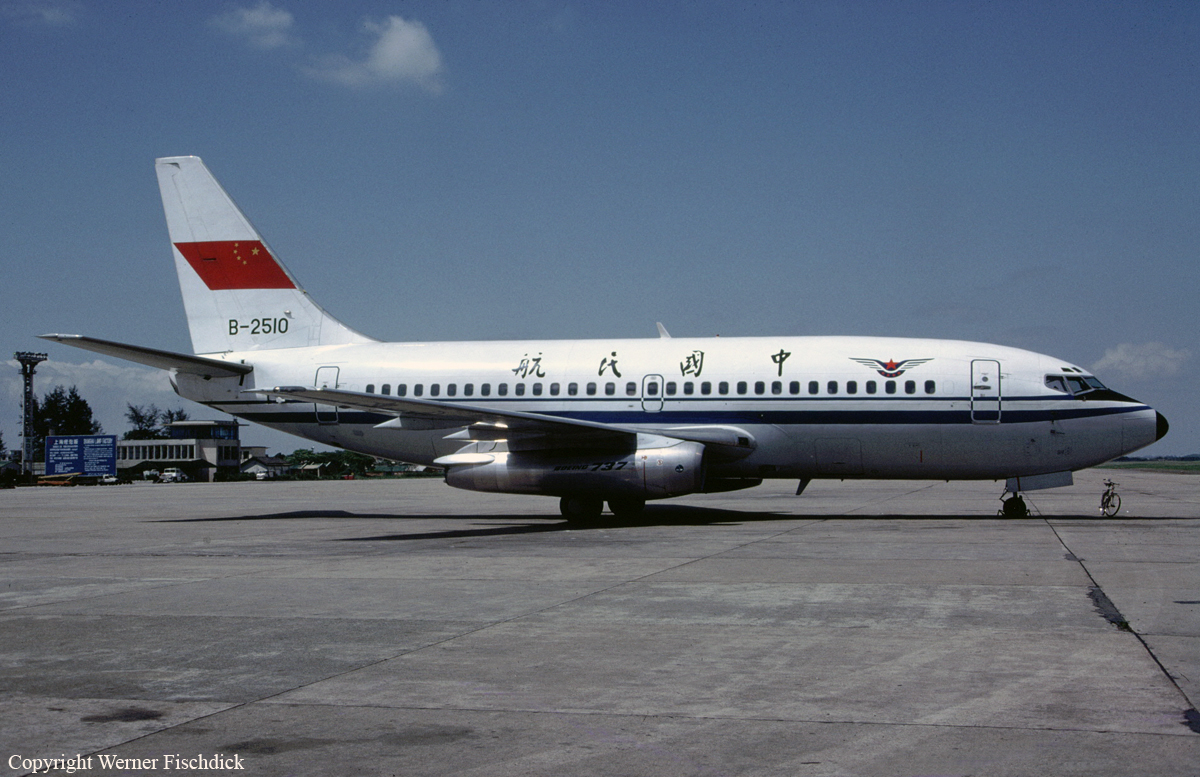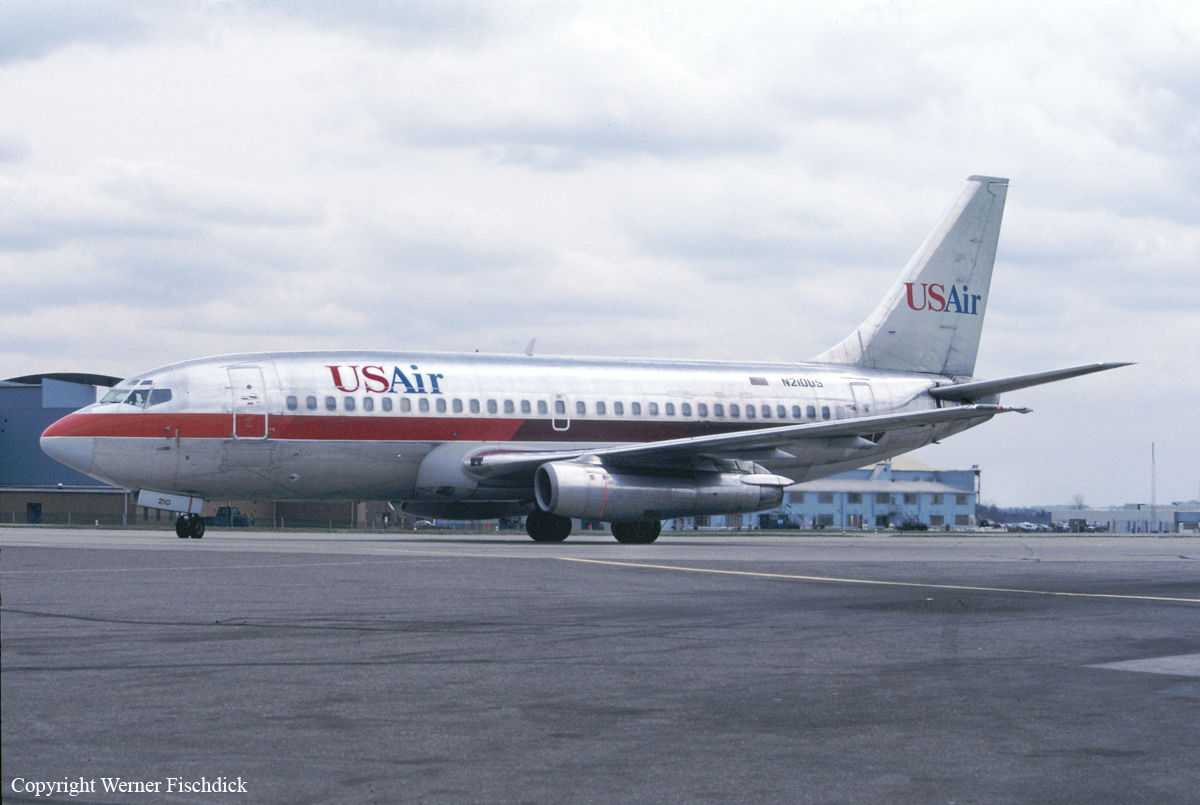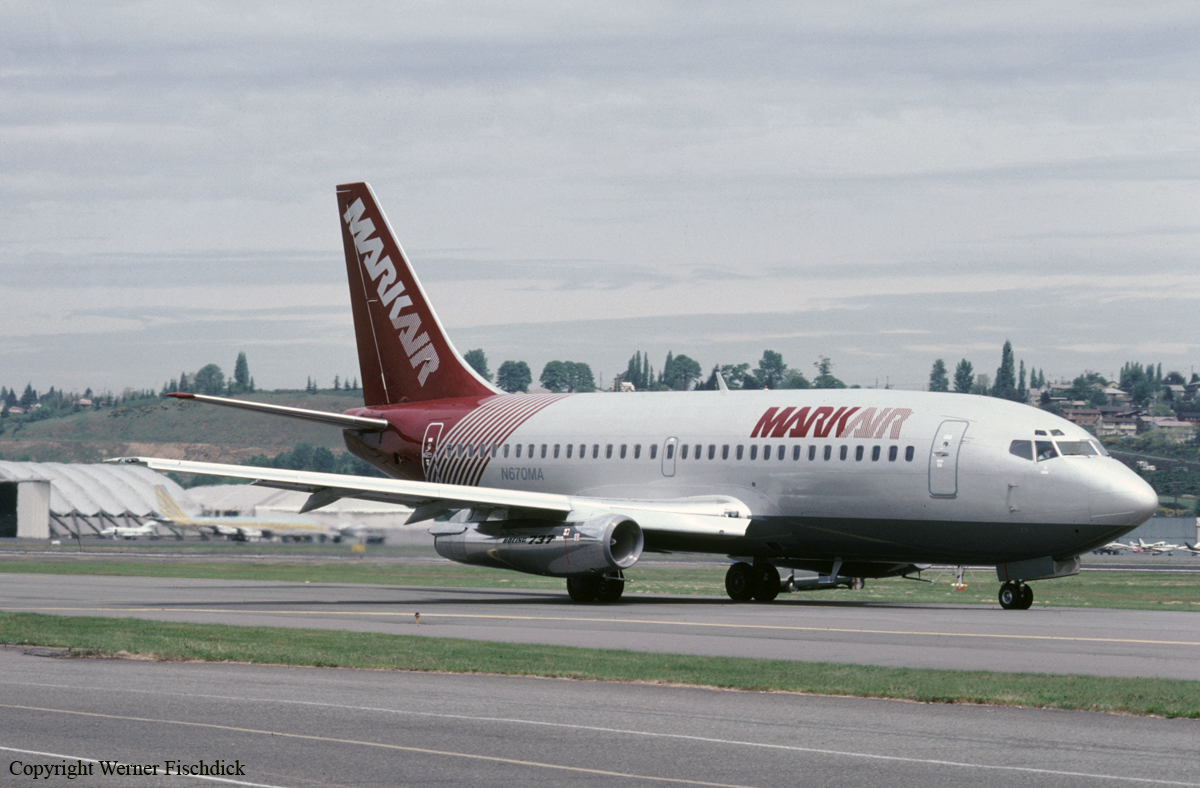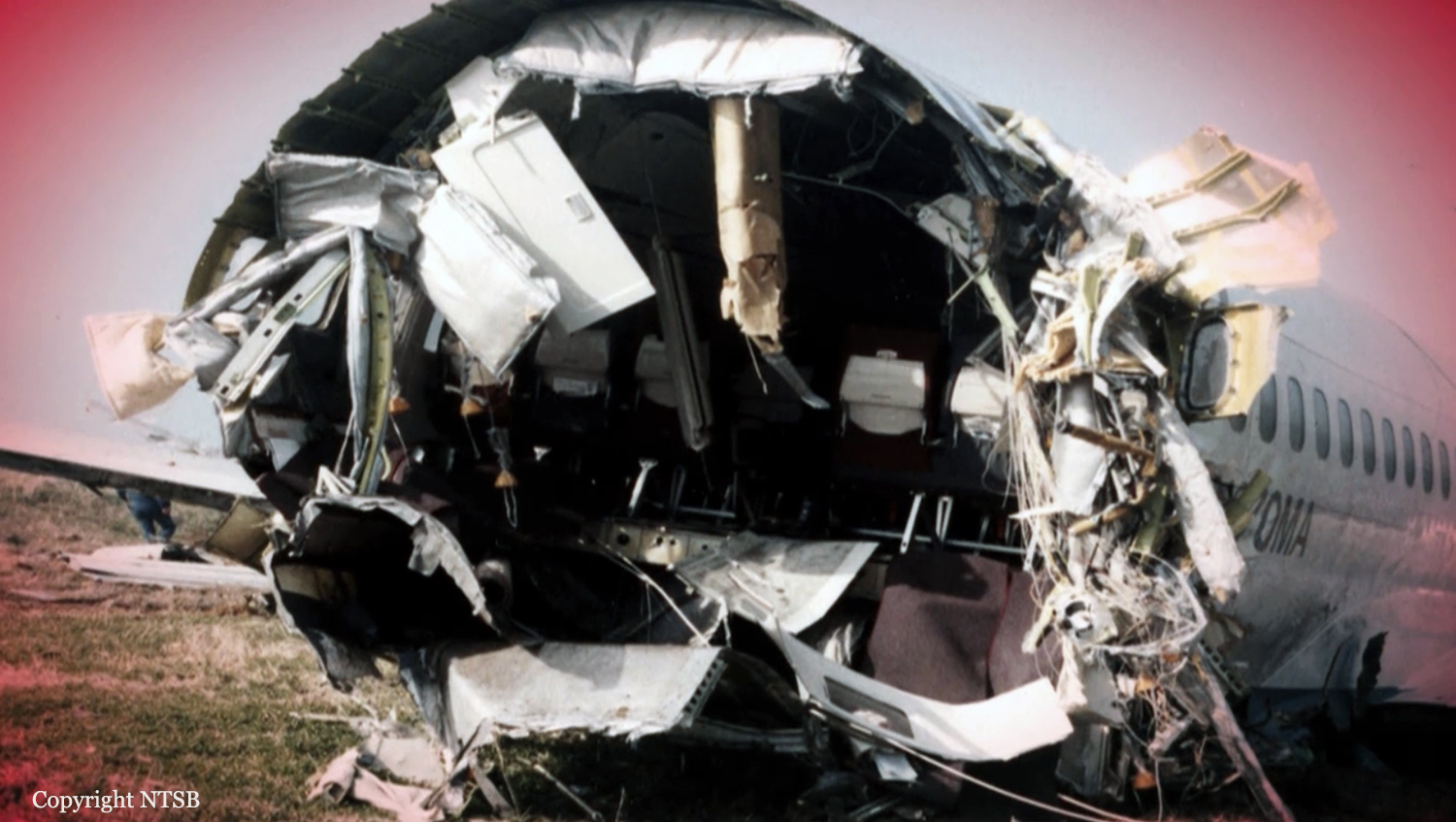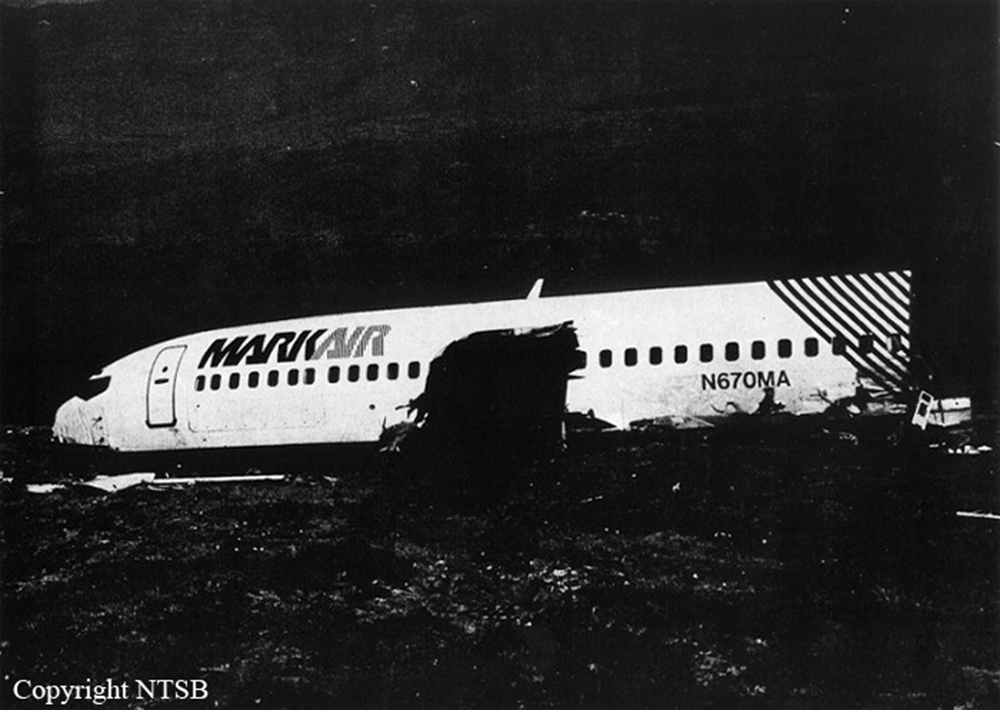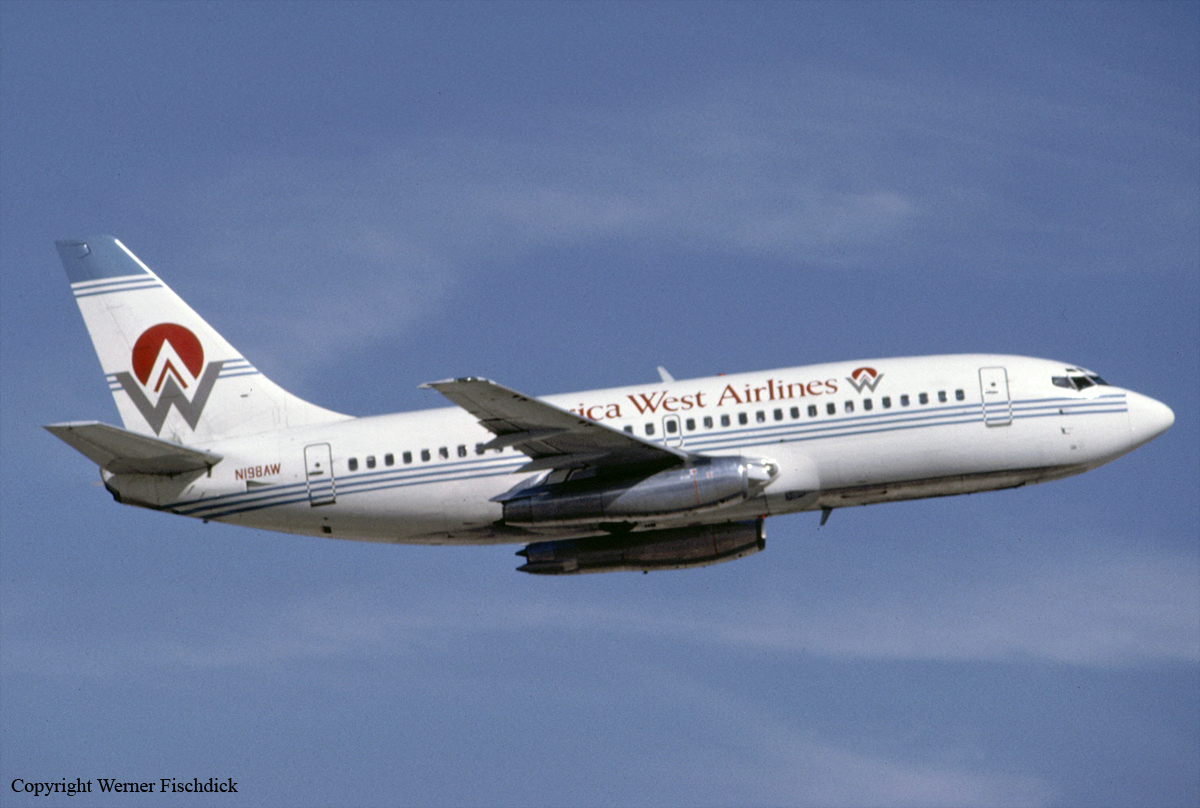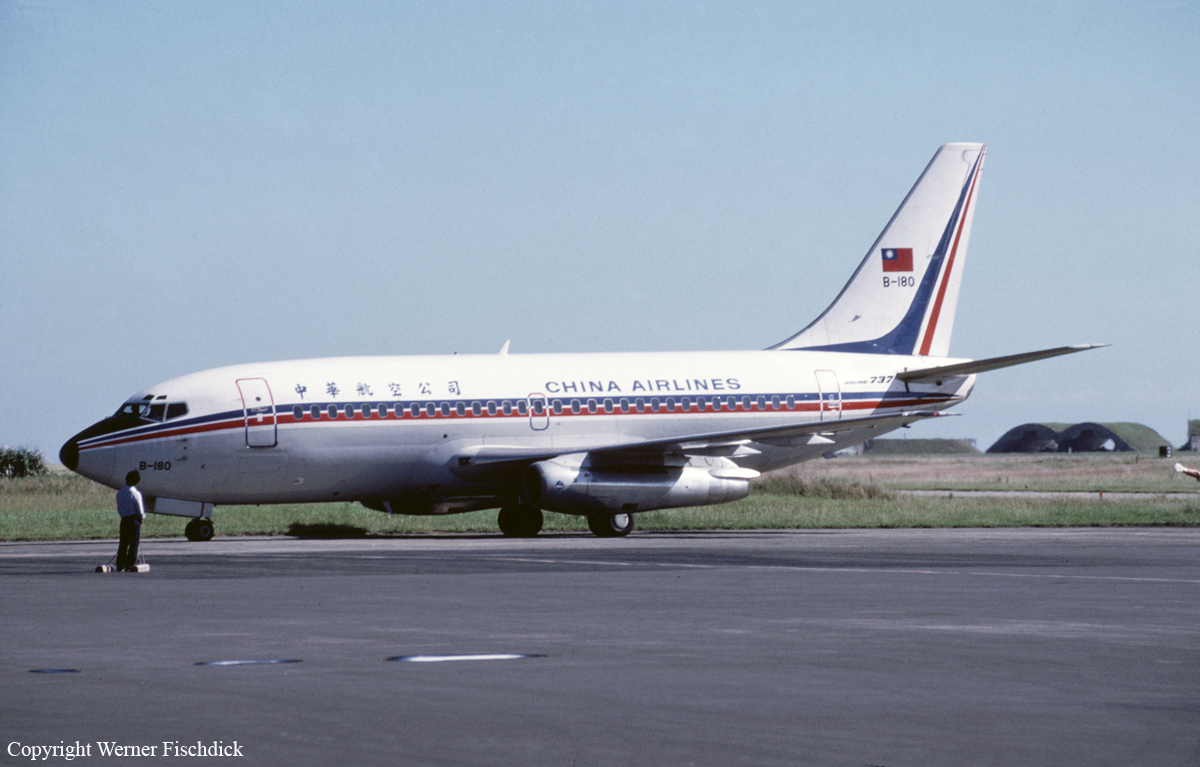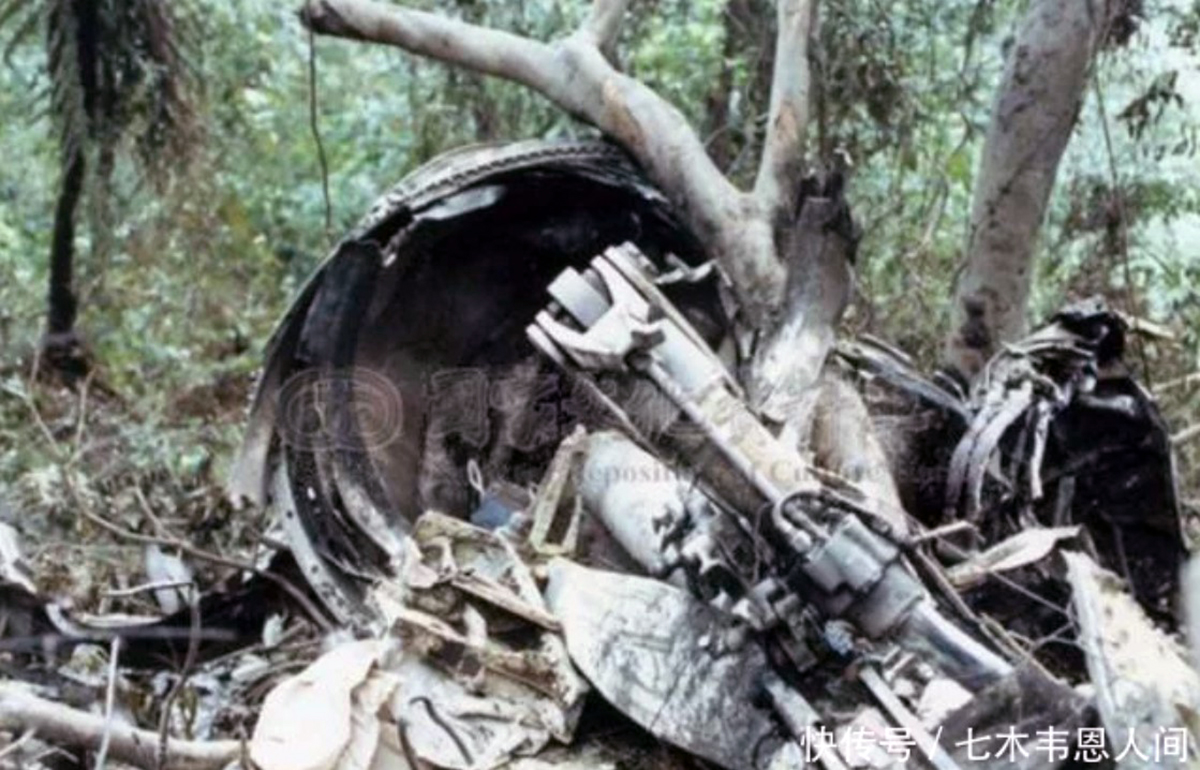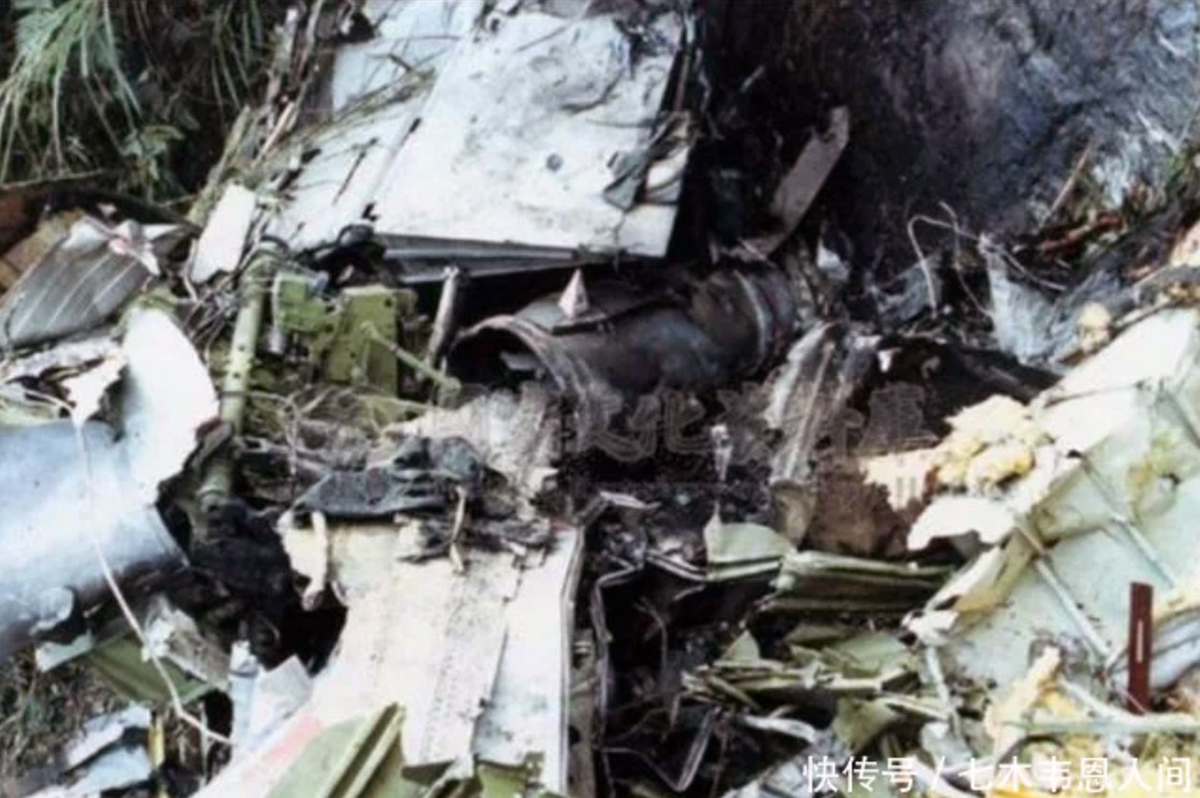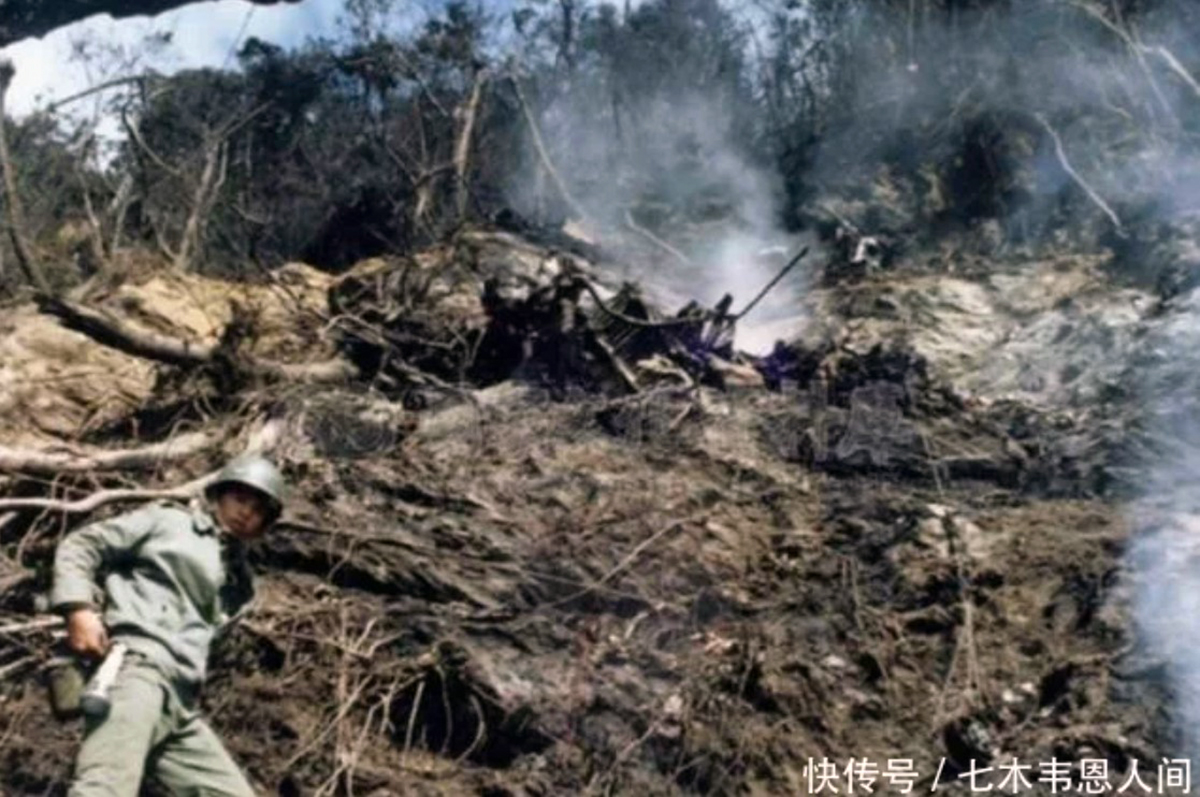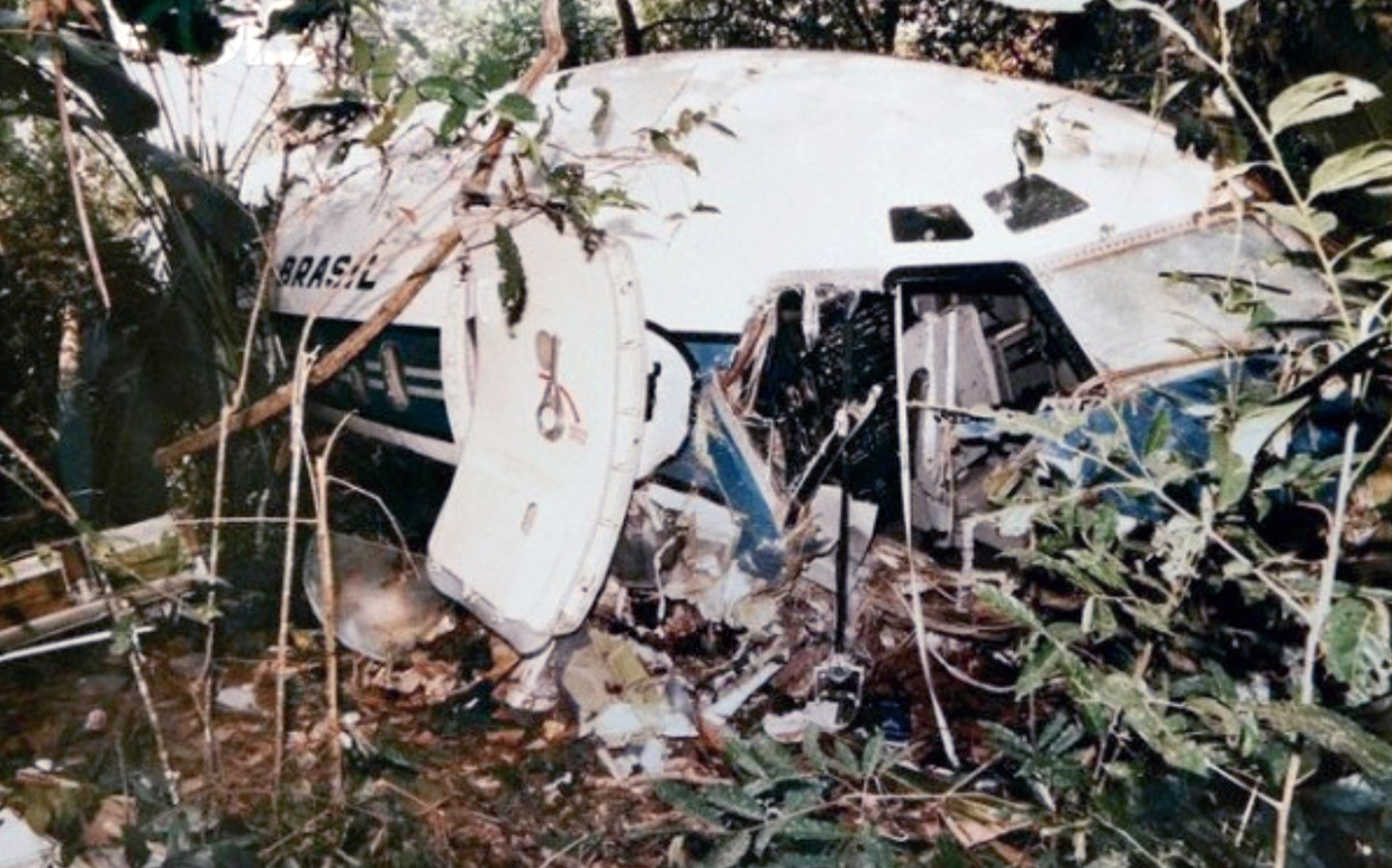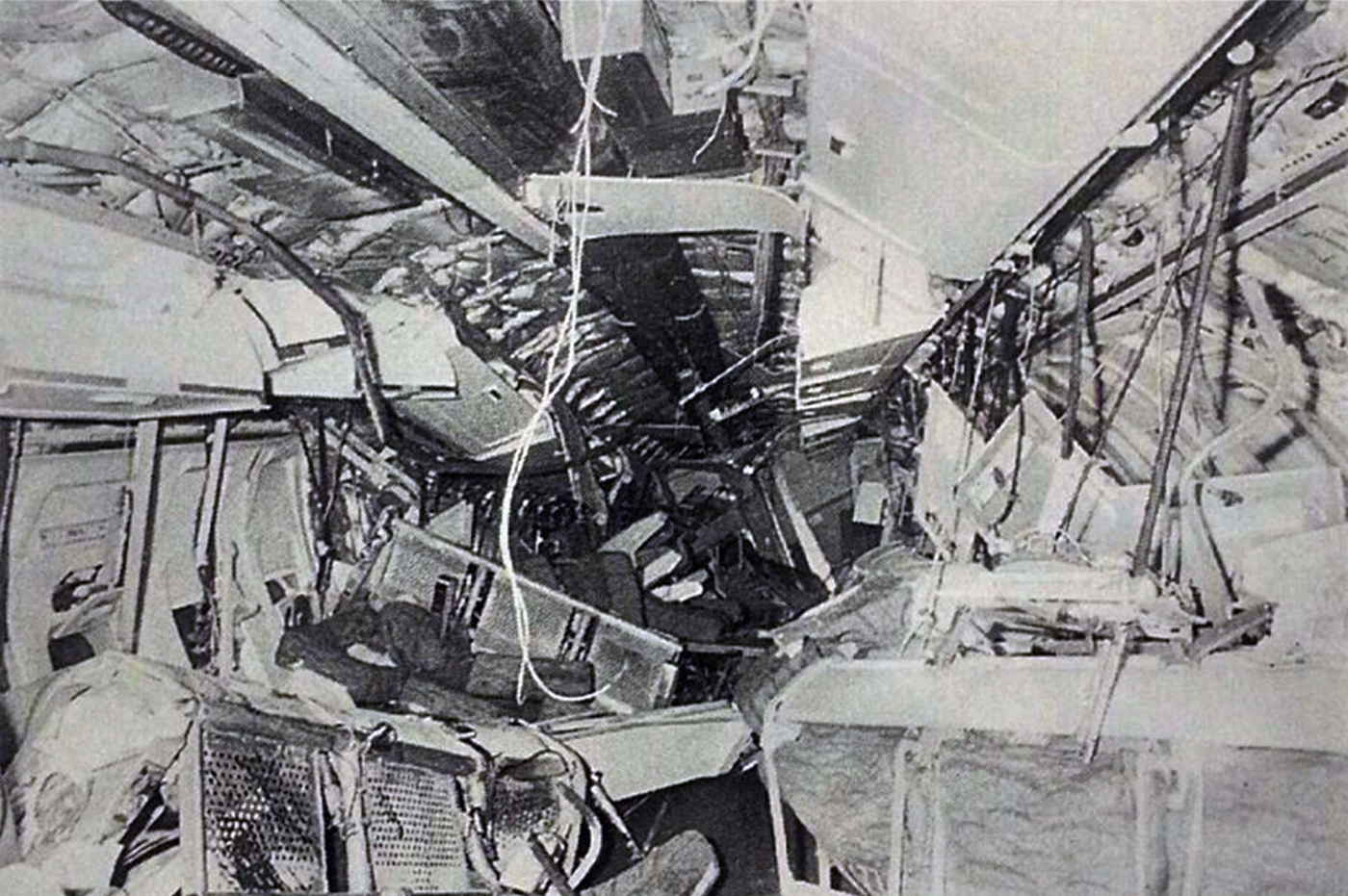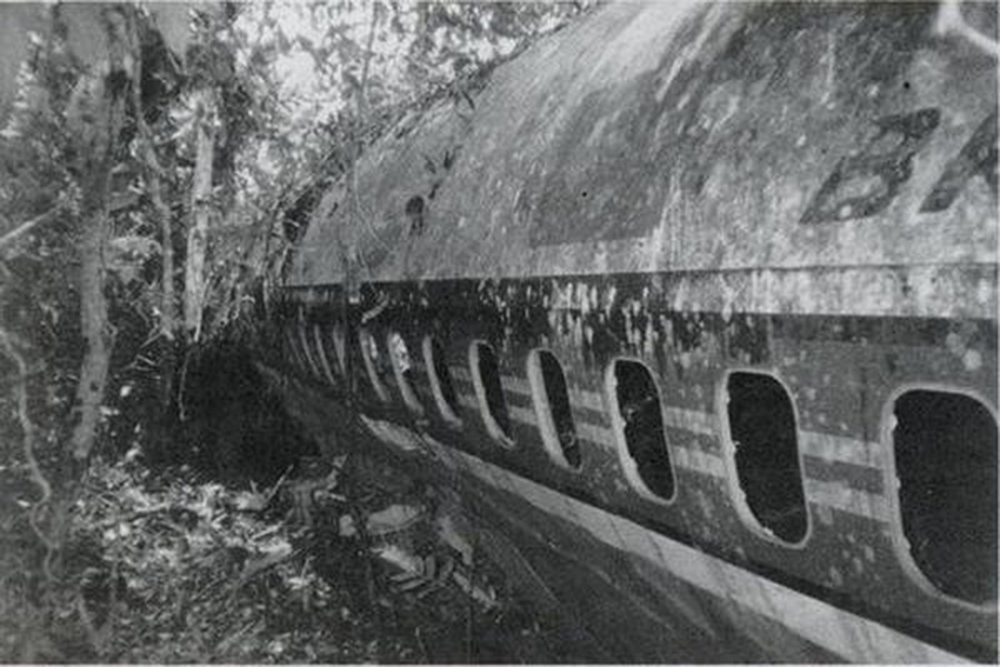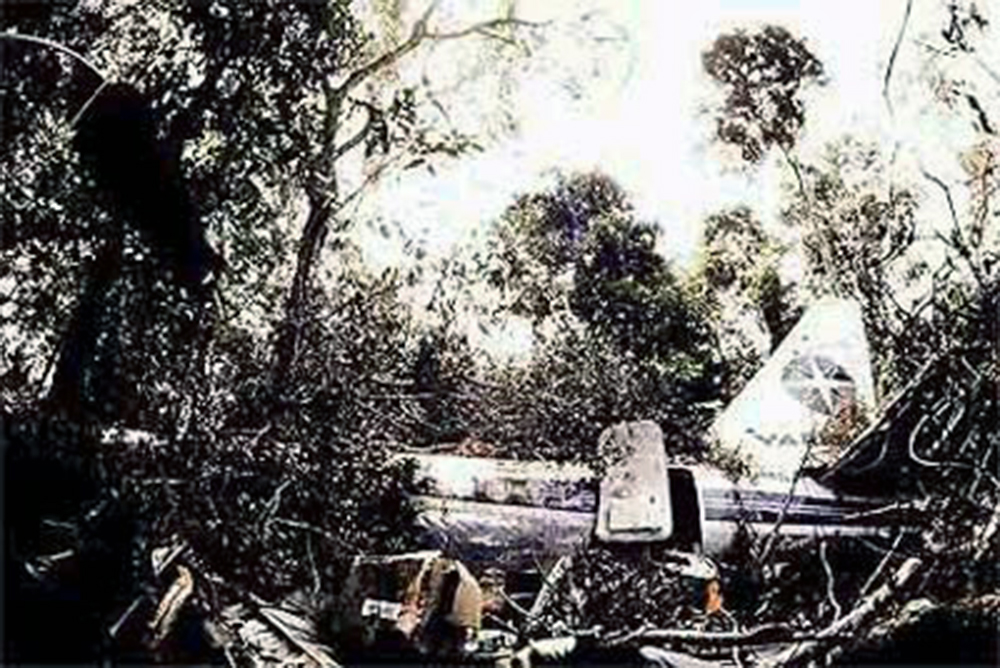Crash of a Boeing 737-2K6 in San José
Date & Time:
Nov 17, 1991
Registration:
EI-CBL
Survivors:
Yes
Schedule:
Tegucigalpa-Managua-San José
MSN:
20957
YOM:
1974
Crew on board:
6
Crew fatalities:
Pax on board:
36
Pax fatalities:
Other fatalities:
Total fatalities:
0
Circumstances:
The copilot was the pilot-in-command on approach to runway 07 at San José-Juan Santamaría Airport. On final approach, the crew encountered poor weather conditions and limited visibility due to fog and was unable to locate the runway and its lighting system. On short final, the captain realized that the aircraft was not properly aligned on the glide and took over controls. He attempted to correct the trajectory but the unstable aircraft continued to descend and landed to the right of the runway. The aircraft rolled for about 1,500 metres when it struck a drainage ditch. Both main landing gears were torn off and the aircraft came to rest on its belly in a grassy area. All 42 occupants evacuated safely while the aircraft was damaged beyond repair.
Probable cause:
The following factors were reported:
- Poor approach planning,
- Lack of crew coordination,
- The captain failed to initiate a go-around procedure while the aircraft was unstable and not properly aligned,
- Wrong approach configuration,
- Lack of visibility due to poor weather conditions.
- Poor approach planning,
- Lack of crew coordination,
- The captain failed to initiate a go-around procedure while the aircraft was unstable and not properly aligned,
- Wrong approach configuration,
- Lack of visibility due to poor weather conditions.
